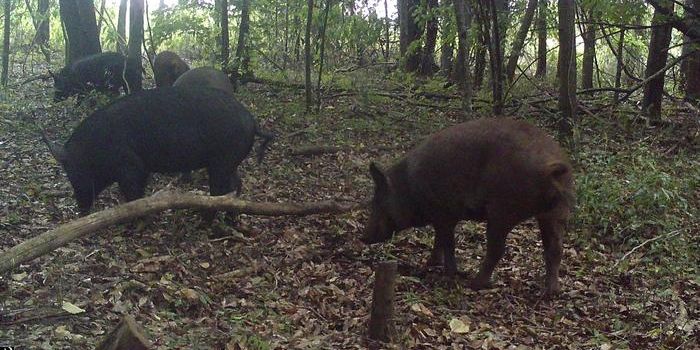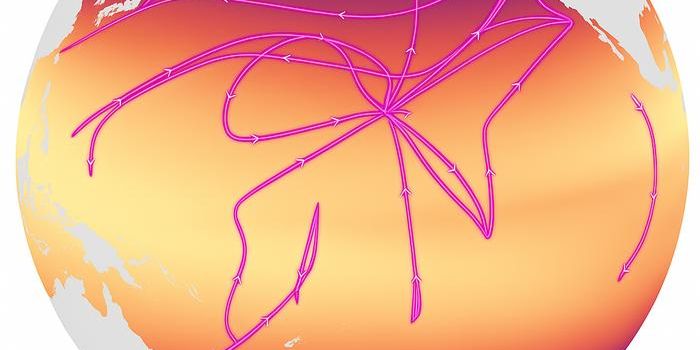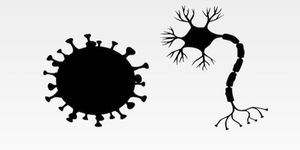More Ancient Females Were Hunters Than Assumed
It has been thought that ancient human groups had a loose structure in which men were the hunters and women were the gatherers. But scientists have recently unearthed the remains of a 9,000-year-old female hunter that was buried in the Andes mountains in Peru. Reporting in Science Advances, the researchers believe this will upend what we think we know about our ancient ancestors.
"An archaeological discovery and analysis of early burial practices overturns the long-held 'man-the-hunter' hypothesis," said lead study author Randy Haas, assistant professor of anthropology at the University of California, Davis.
"We believe that these findings are particularly timely in light of contemporary conversations surrounding gendered labor practices and inequality," he added. "Labor practices among recent hunter-gatherer societies are highly gendered, which might lead some to believe that sexist inequalities in things like pay or rank are somehow 'natural.' But it's now clear that sexual division of labor was fundamentally different -- likely more equitable -- in our species' deep hunter-gatherer past."
The remains were recovered in 2018 when a high-altitude site called Wilamaya Patjxa was being excavated. A careful, thorough analysis of the bones and teeth indicated that they came from a female. The burial that was found also included a hunting kit with projectiles and tools to butcher animals. The study authors noted that people are often buried with objects they used in life, leading them to surmise that these remains were that of a female hunter.
This discovery was surprising to the investigators, who wanted to learn more about whether she was unusual or only one of many other female hunters. They began to examine burial records from North and South America during the early Holocene and late Pleistocene, around 10,000 years ago. 429 individuals from 107 sites were found, and of this group, 27 people had tools for hunting big game. Of these 27 people, fifteen were male, and eleven were female.
The scientists believe this sample size is big enough to draw "the conclusion that female participation in early big-game hunting was likely nontrivial."
Extrapolating from this data, it may be that anywhere from 30 to 50 percent of people that hunted in these groups were female. However, in current times, it’s estimated that fewer than 30 percent of hunters are female, showing a stark contrast to this population, noted Haas.
The researchers want to learn more about how human societies divide labor according to sex, how it changed over time and geography, and the consequences.
Sources: AAAS/Eurekalert! via University of California Davis, Science Advances









